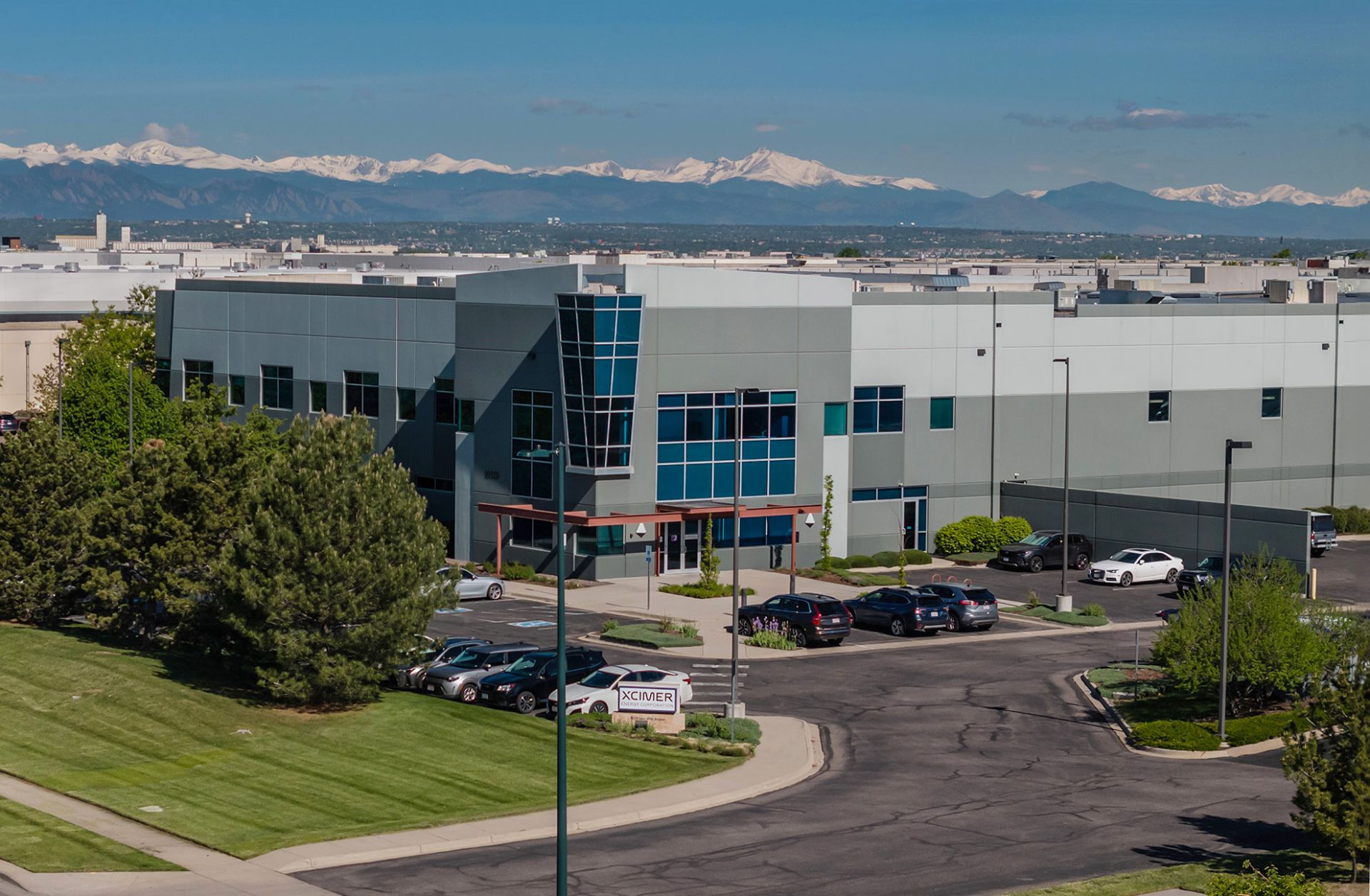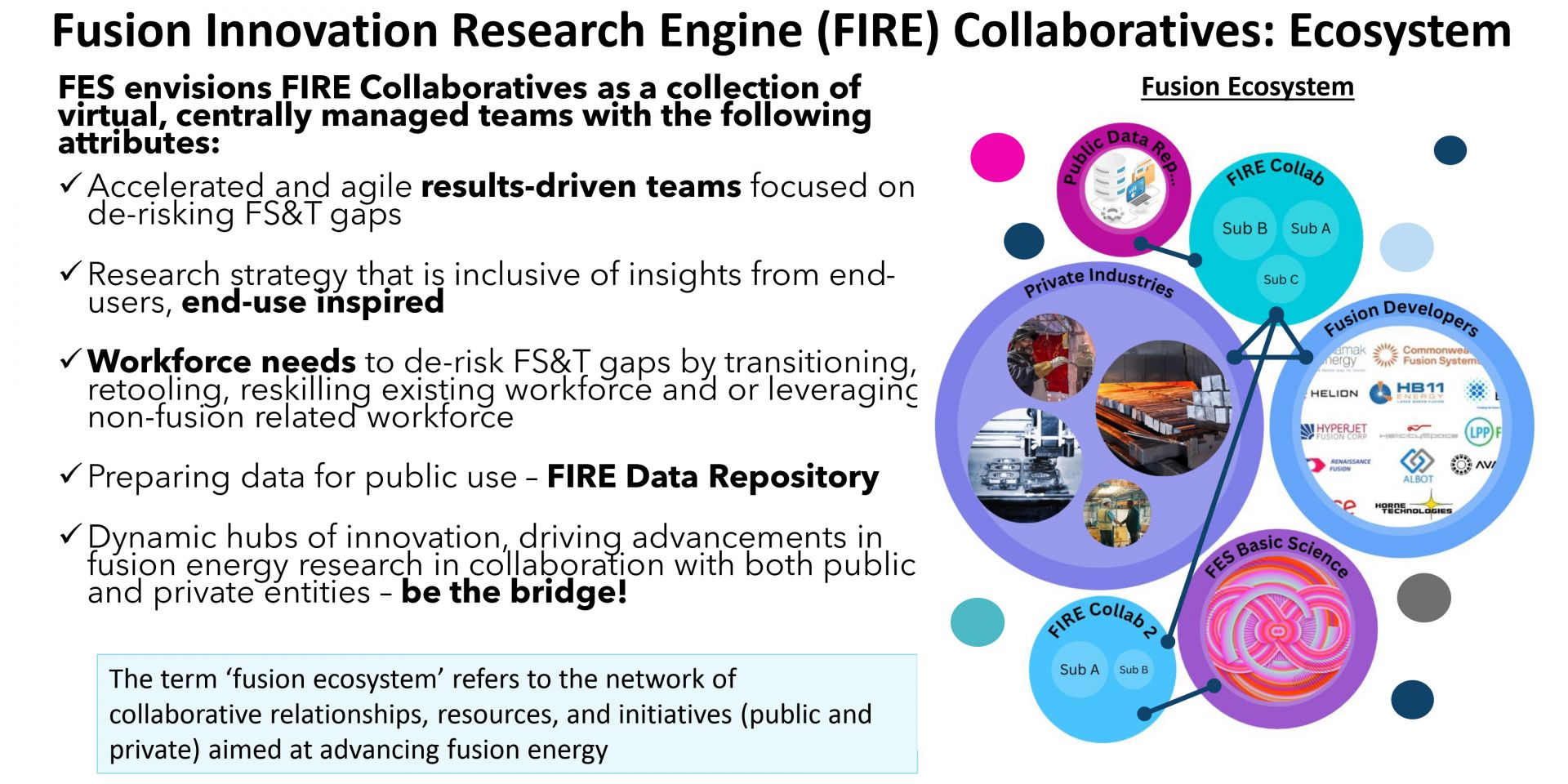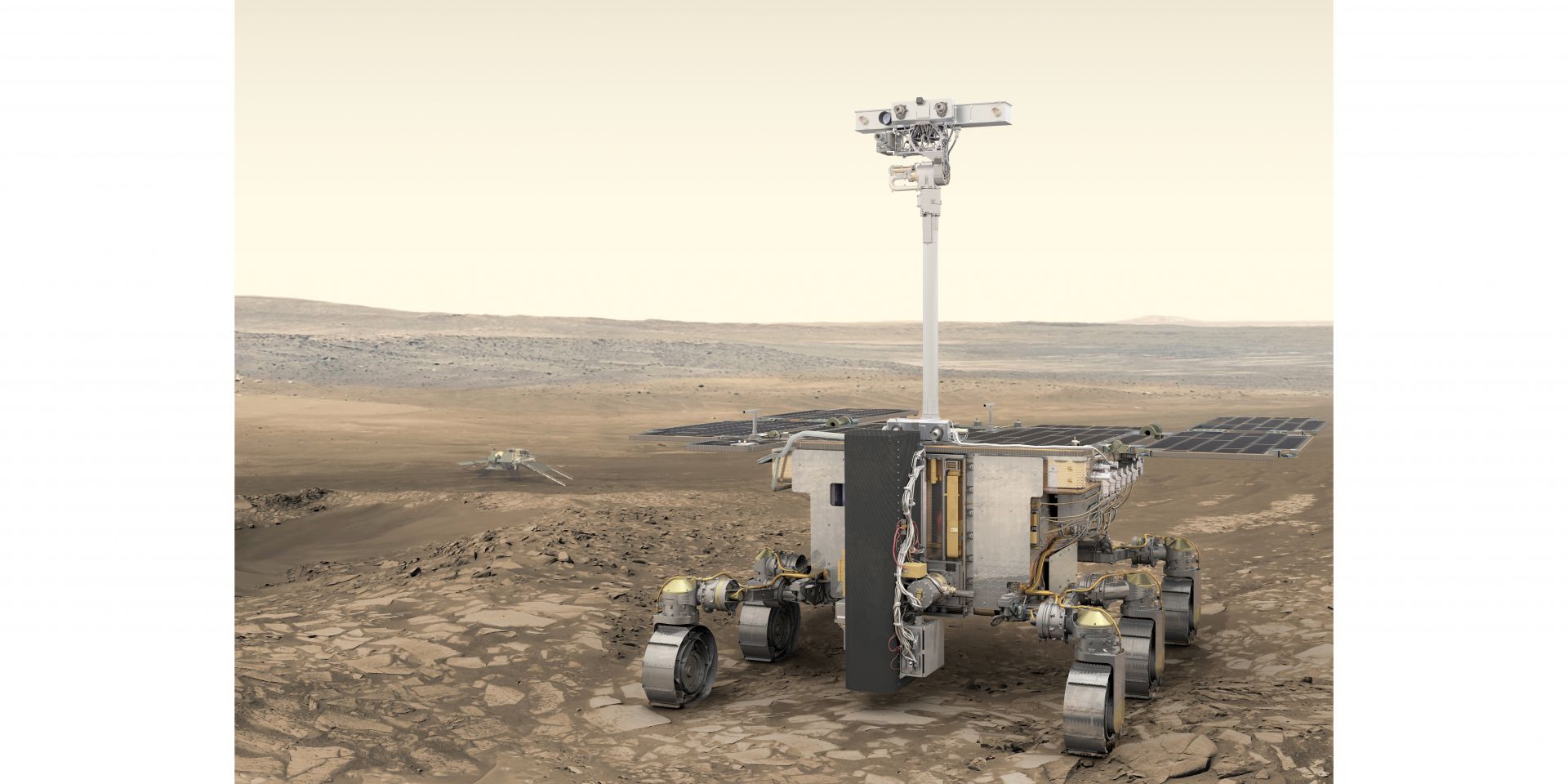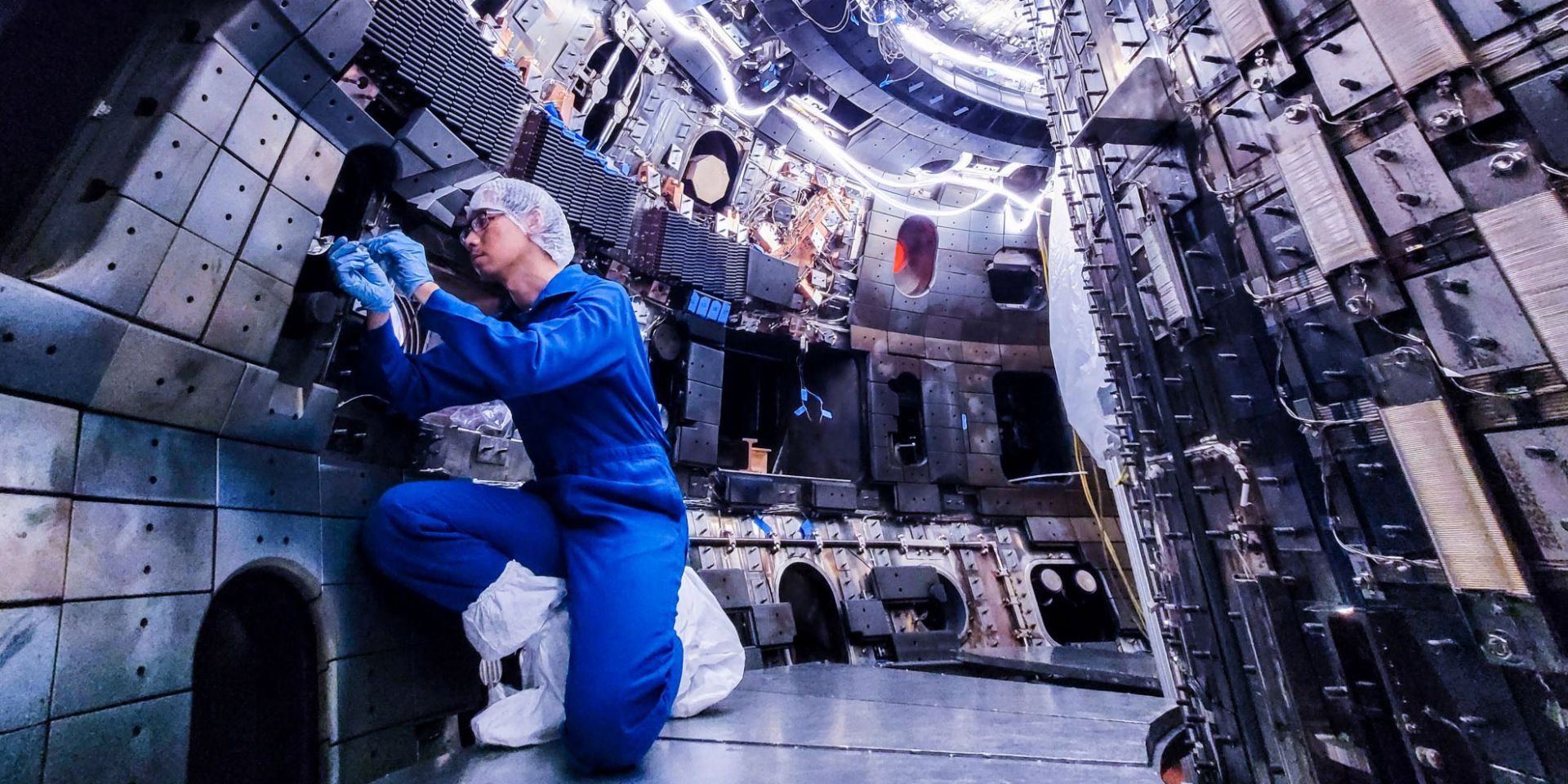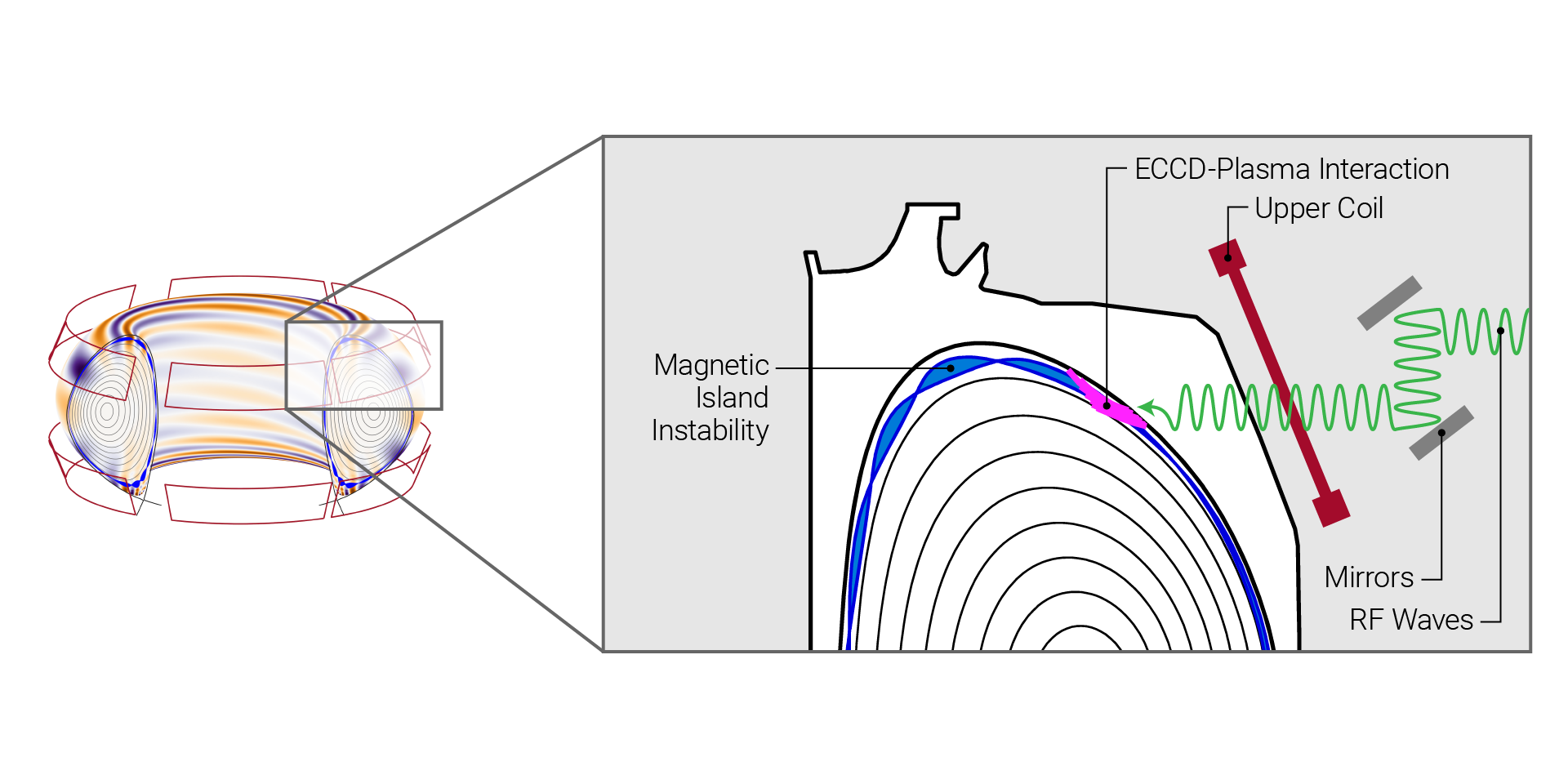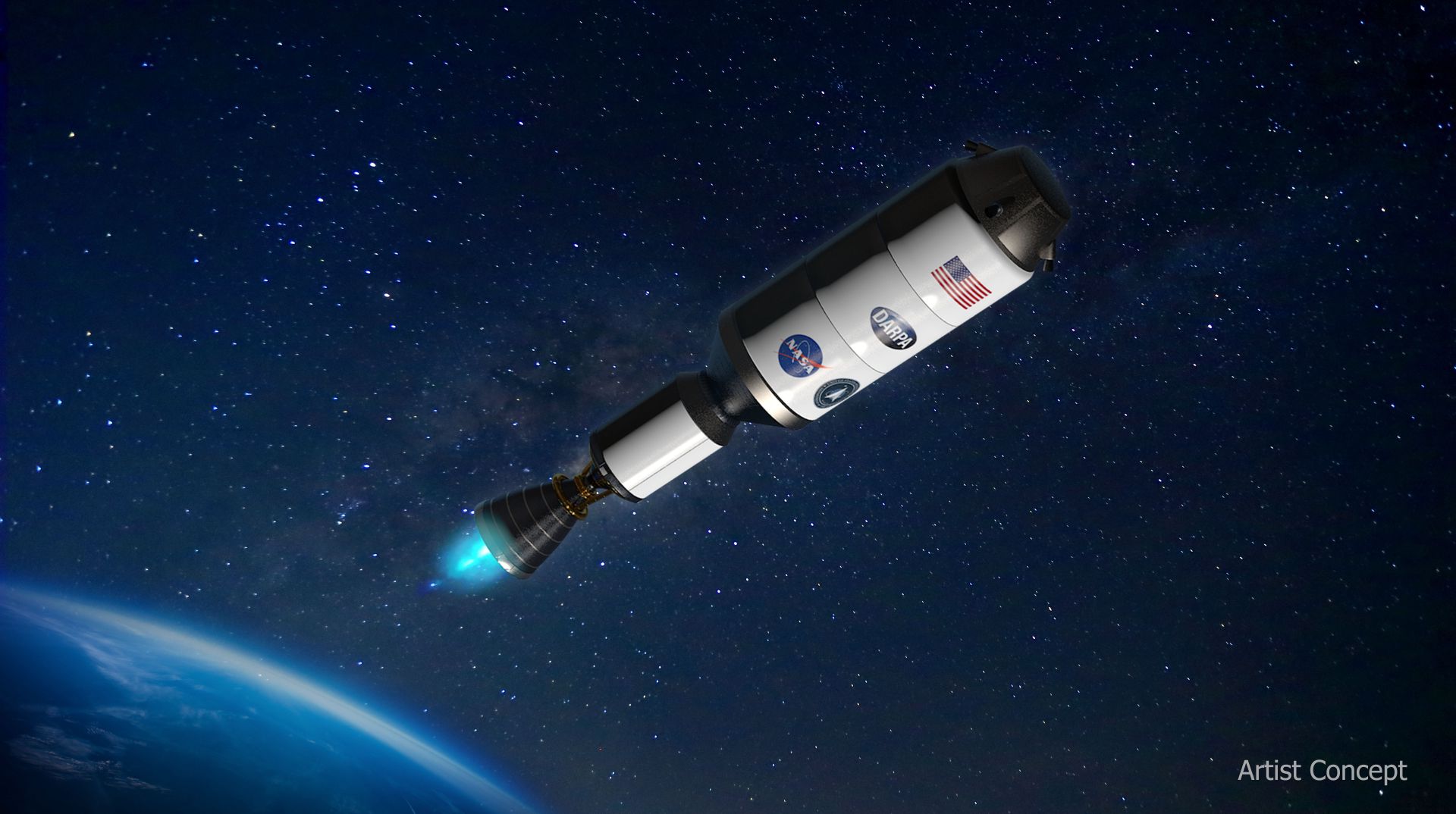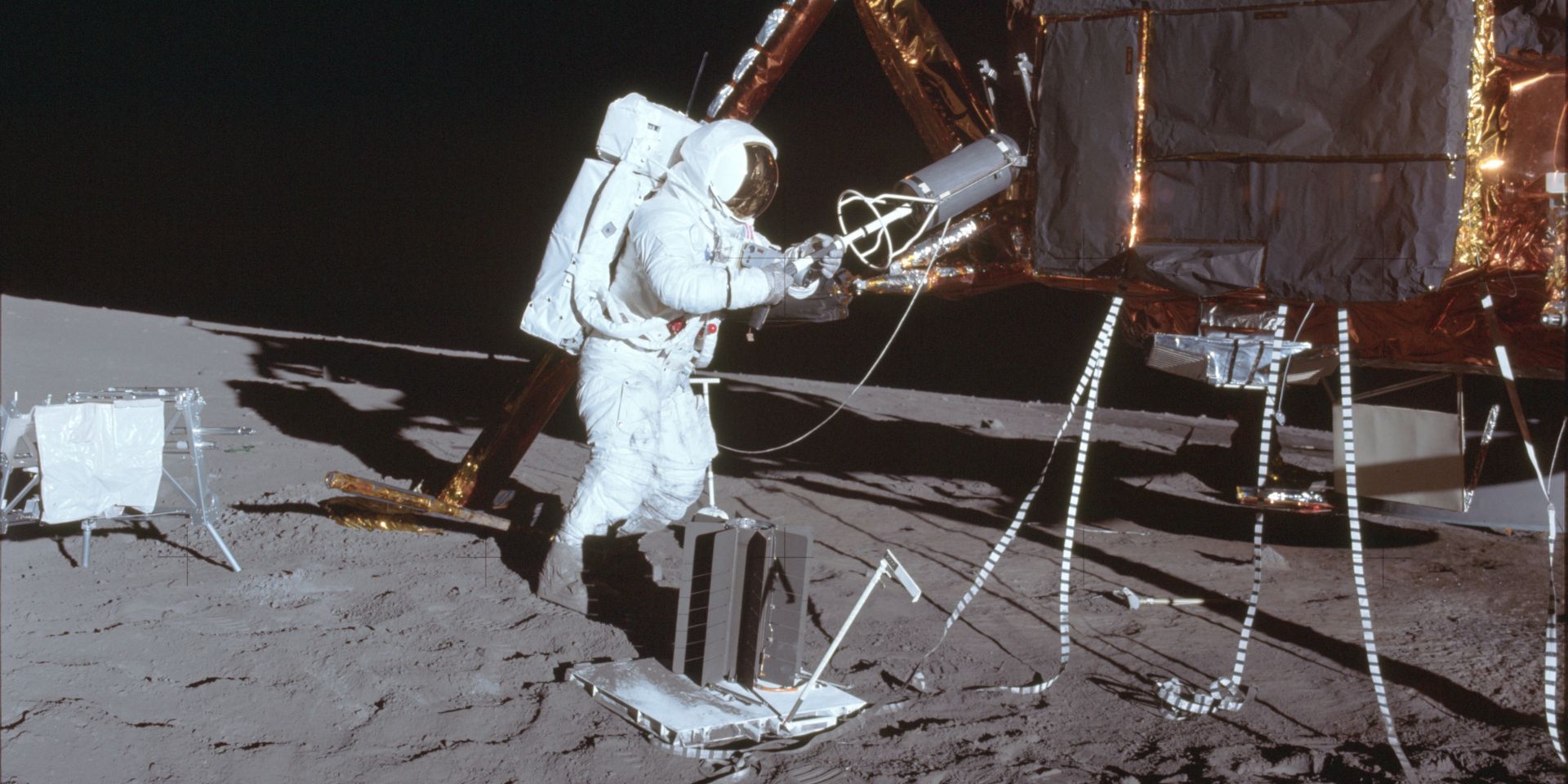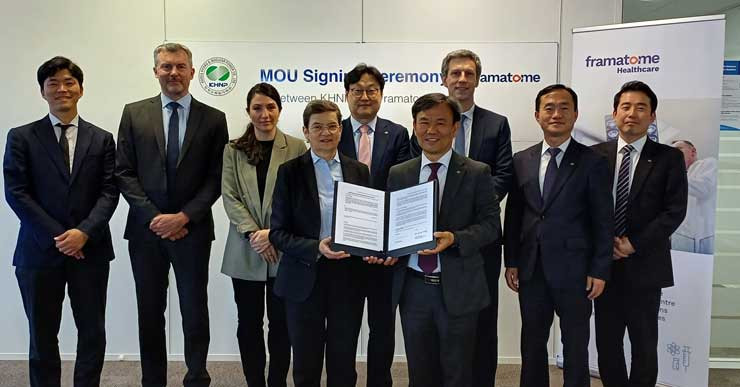Xcimer Energy’s headquarters in Denver, Colo. (Photo: Xcimer Energy)
Xcimer Energy announced June 4 that it has raised $100 million in Series A financing for a new facility in Denver, Colo., that will host a prototype laser system with “the world’s largest nonlinear optical pulse compression system.” As a private fusion developer, Xcimer wants to “extend the proven science of inertial fusion to industrial scale” with the help of that laser system and “key technologies and innovations from multiple fields.”
Image: Kyle Palmer and Michael Livingston/PPPL Communications Department
The DIII-D Superfacility team. (Photo: General Atomics)
Researchers at the DIII-D National Fusion Facility, the National Energy Research Scientific Computing Center (NERSC) at Lawrence Berkeley National Laboratory (LBNL), and the Energy Sciences Network (ESnet) are teaming up to make the high-performance computing (HPC) powers of NERSC available to DIII-D researchers through ESnet—a high-speed data network. Their collaboration, described in a May 29 news release, in effect boosts the computing power behind DIII-D’s diagnostic tools to make more data from fusion experiments available to researchers at DIII-D in San Diego and to the global fusion research community.
Concept art of Last Energy’s balance-of-plant. (Image: Last Energy)
Last Energy, a Washington, D.C.-based microreactor developer, announced last week a partnership with the NATO Energy Security Centre of Excellence (ENSEC) to jointly research military applications for microreactor power and explore opportunities for future microreactor deployments on NATO military installations.
A slide on the FIRE collaboratives presented during a recent FES webinar. (Graphic: FES)
The Department of Energy’s Office of Fusion Energy Sciences (FES) wants Fusion Innovation Research Engine (FIRE) collaboratives to be a bridge between FES’s basic science research programs and the growing fusion industry. A funding opportunity announcement released May 22 explains that FIRE will be a “transformative initiative aimed at creating a fusion innovation ecosystem” with virtual, centrally managed collaboratives working on “end-use inspired” fusion science and technology R&D.
Concept art of ESA’s Rosalind Franklin rover. (Image: ESA/ATG medialab)
Europe’s first Mars rover—named Rosalind Franklin—was months away from a planned September launch when the European Space Agency (ESA) convened a meeting a few weeks after Russia’s February 2022 invasion of Ukraine. The ESA Council unanimously agreed on “the present impossibility” of working with Roscosmos as its launch partner and later decided to reboot its ExoMars mission with a new lander, new partners, and a new launch date.
Oklo Inc. (Image: Gensler)
Fast reactor developer Oklo, which recently went public on the New York Stock Exchange, announced on May 13 that it has signed a memorandum of understanding with Atomic Alchemy to cooperate on the production of radioisotopes for medical, energy, industry, and science applications.
An engineer adjusts mirrors while installing new diagnostic equipment inside the DIII-D tokamak. (Photo: General Atomics)
The DIII-D National Fusion Facility is starting up after an eight-month experimental hiatus, equipped with new and improved plasma control and diagnostic systems. The upgrades will help researchers from around the nation and the world resolve key physics questions to bridge the gap between current magnetic confinement fusion research and the first fusion power pilot plants. General Atomics, which operates DIII-D for the Department of Energy, announced the completion of upgrades on May 8.
The image on the left shows the tokamak and 3D magnetic perturbation generated by 3D coils, with the purple-blue hues representing lower amplitude perturbations and the red representing higher amplitude perturbations. The image on the right is a closer view showing the top half of the tokamak and plasma. The coils are used to generate the magnetic field perturbations that produce the islands (blue). Another coil can also be found on the bottom of the machine. The injection system for the ECCD microwaves is depicted on top (red). These can be used to adjust the width of the islands. (Image: Qiming Hu / PPPL)
The combination of two previously known methods for managing plasma conditions can result in enhanced control of plasma in a fusion reactor, according to a simulation performed by researchers at the Department of Energy’s Princeton Plasma Physics Laboratory.
The IPP’s Dirk Wünderlich and Ursel Fantz at the experimental testing facility ELISE in Germany. (Photo: MPI for Plasma Physics/Frank Fleschner)
The Max Planck Institute for Plasma Physics (IPP) announced that it recently has achieved a new record for ion current density for neutral particle heating at its ELISE (Extraction from a Large Ion Source Experiment) experimental testing facility in Garching, Germany. ELISE is being used to test neutral beam injection (NBI) systems that will be used to heat the plasma of the ITER fusion experiment in France.
ITER’s 10 cooling cells in the background have 11-meter-long 12-blade fans rotating at 92 rpm to induce an upward draft, which is reason for the yellow-vested assemblage in front to give a thumbs up. (Photo: ITER Organization)
Steam from one of ITER’s ten induced-draft cooling cells offers visual confirmation of a successful cooling system test, the ITER organization announced April 30. ITER’s cooling system features 60 kilometers of piping with pumps, filters, and heat exchangers that can pull water through at up to 14 cubic meters per second. Once fully operational, two cooling loops—one to remove the heat generated by the plasma in the ITER tokamak and one for its supporting infrastructure—will be capable of extracting up to 1,200 MW of heat.
Illustration by Ana Kova for U.S. Fusion Outreach
Fusion is riding a surge of attention that began in December 2022 when researchers at Lawrence Livermore National Laboratory’s National Ignition Facility achieved fusion ignition. The organizers of Fusion Energy Week—a group called the U.S. Fusion Outreach Team—on the other hand, trace fusion development back 100 years to the doctoral research of Cecilia Payne-Gaposchkin, who discovered that stars, including our Sun, are mostly made of hydrogen and helium, which in turn led to the understanding that those elements are the “fuel” of potential fusion energy systems on Earth. In recognition of Payne-Gaposchkin’s birthday—May 10—the U.S. Fusion Outreach Team plans to hold a “grassroots celebration of fusion energy” May 6–10, 2024, and annually during the second week of May.
(Or how to test a nuclear thermal rocket without turning it on)
Artist’s concept drawing of DRACO. (Image: DARPA)
The United States is now closer than it has been in over five decades to launching the first nuclear thermal rocket into space, thanks to DRACO—the Demonstration Rocket for Agile Cislunar Orbit.
ORNL’s High Flux Isotope Reactor, where Sr-89 and other radioisotopes are produced, photographed during a 2015 refueling. (Photo: ORNL)
The Department of Energy’s Isotope Program (DOE IP) announced last week that it would end its “active standby” capability for strontium-82 production about two decades after beginning production of the isotope for cardiac diagnostic imaging. The DOE IP is celebrating commercialization of the Sr-82 supply chain as “a success story for both industry and the DOE IP.” Now that the Sr-82 market is commercially viable, the DOE IP and its National Isotope Development Center can “reassign those dedicated radioisotope production capacities to other mission needs”—including Sr-89.
April 26, 2024, 3:03PMNuclear NewsAlex Gilbert, Harsh S. Desai, and Jake Matthews Astronaut Alan Bean prepares fueling of a Pu-238 radioisotope thermoelectric generator during the Apollo 12 mission to the lunar surface. (Photo: NASA)
In early 2006, a start-up company launched a small rocket from a tiny island in the Pacific. It exploded, showering the island with debris. A year later, a second launch attempt sent a rocket to space but failed to make orbit, burning up in the atmosphere. Another year brought a third attempt—and a third failure. The following month, in September 2008, the company used the last of its funds to launch a fourth rocket. It reached orbit, making history as the first privately funded liquid-fueled rocket to do so.
A bright flash of light from a FuZE (Fusion Z-pinch Experiment) plasma. (Photo: Zap Energy)
Zap Energy announced April 23 that it has reached 1-3 keV plasma electron temperatures—roughly the equivalent of 11 to 37 million degrees Celsius—using its sheared-flow-stabilized Z-pinch approach to fusion. Reaching temperatures above that of the sun’s core (which is 10 million degrees Celsius temperature) is just one hurdle required before any fusion confinement concept can realistically pursue net gain and fusion energy.
Catherine Cornand of Framatome and Chang Hee-Seung of KHNP (center) with Framatome and KHNP employees following the signing of the MOU. (Photo: Framatome)
Framatome and Korea Hydro & Nuclear Power (KHNP) have announced the signing of a memorandum of understanding to explore the possibility of producing the medical isotope lutetium-177 at KHNP’s Wolsong nuclear power plant in South Korea. The companies also will investigate the feasibility of using the plant to support Korean production of medical radioisotopes in the future.
